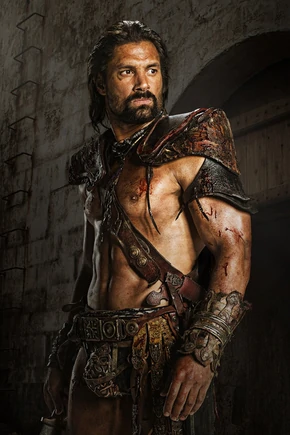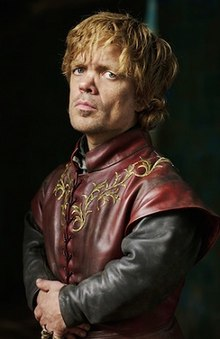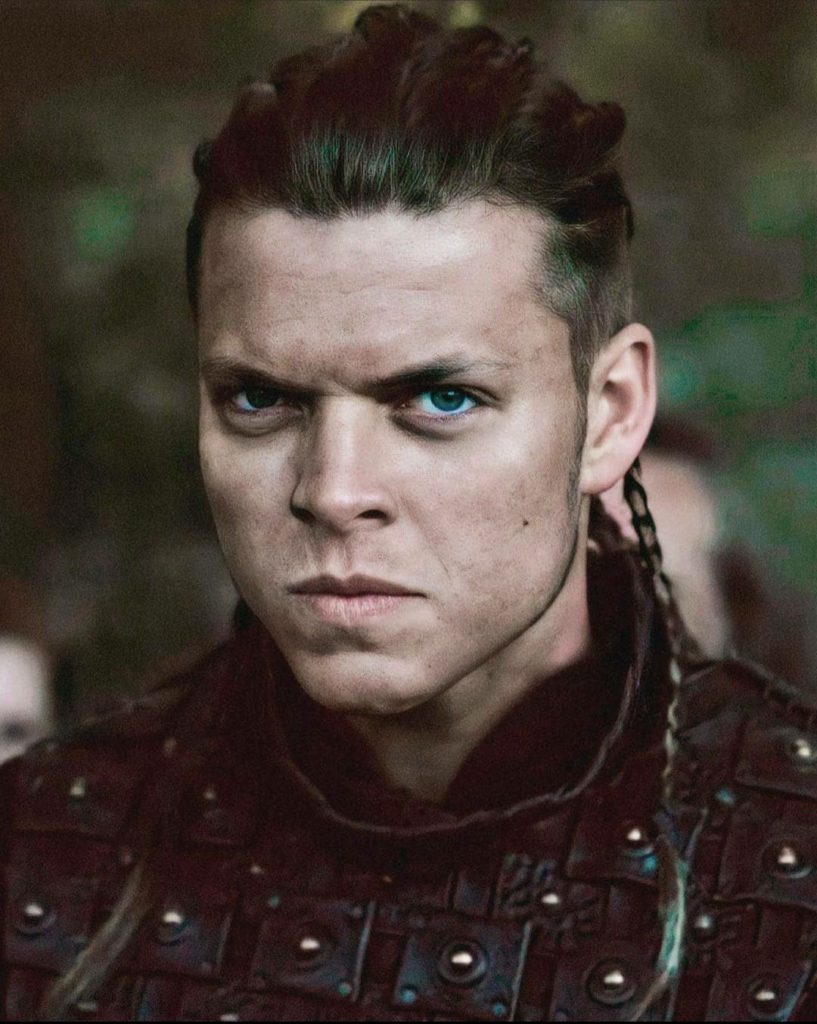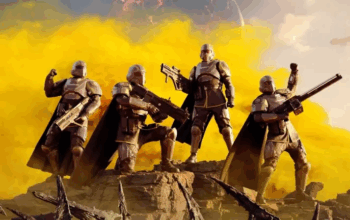You’re reading part 4 of our Historical Epic series. Read part 1 here!
Despite historical sword epics finding less success theatrically, they have begun to find a new form of medium in serialized TV. For a long time, such productions were impossible because they would be expensive. However, gradually building an audience first can persuade the producers to give more seasons and more financial backing.
The Impact of Game of Thrones
Eventually, Historical Epics began to evolve into a new medium. First experimented on by HBO in Band of Brothers and later Rome, the idea of having a cinematic scale to television truly took off thanks to Game of Thrones. Interestingly, GRR Martin had previously been approached by multiple studios for possible film opportunities. Martin declined every time, believing that there was simply too much material from his books to be adapted to a movie.
TV shows have a number of advantages compared to conventional films – primarily, allowing for more time to explore characters and their arcs. Often in films, many characters had to be simplified for the sake of pacing. For example, in Game of Thrones, characters like Catelyn Stark, The Hound, or even Bronn would have made an impression if this was a movie. If anything, half of these guys would have been cut or regulated to background extras.
Gratuitous sex with some incest on the side combined with long complex political scheming.
…Because you just can’t pay attention to rich dialogue without seeing some girls’ boobs, apparently.
This also started a larger trend with these shows, gratuitous sex with some incest on the side combined with long complex political scheming. (Because you can’t pay attention to rich dialogue without seeing some girls’ boobs – or at least that’s what these all male writers think for a time – apparently). Something that would be attempted to be replicated in other such productions. Game of Thrones may not be history, but it paved the way for a new trend of historical fiction. Shows that take place at a specific time and are either played by fictional characters or real characters are given a fictionalized makeover.
Vikings
The public consciousness also wouldn’t be able to understand some people’s cultures as thoroughly as well. For example, what Vikings did extremely well was showcasing ancient Norse/pagan culture and seeing how it compares to western society and the Christian nations. In fact, some of the best scenes involve the Pagan and Christian characters just sit in a room where they have deep philosophical conversations.
Despite being mostly set in the real world It does do a good job at being supernatural as well. There have been cases where the gods do the show, but it makes it very ambiguous as to whether this was real or in their heads. Sometimes characters have conversations in a surreal area even though we know they are far apart and evidence one on one beach scene between Bjorn and Ivar. There is a deep mysticism to Vikings that isn’t very commonly seen in other shows.
Like movies before them, the main issue one may take with these shows is that characters, times, and places are not accurate, for example, Ragnar and Rollo were not brothers as they lead different attacks on Paris. However, like the early films that preceded them, Historical accuracy is not the main goal of this series. The goal of these shows is to introduce and build on these characters and how they interact in the world they live in.
Historical Authenticity v Accuracy
What truly matters is if the world our characters inhabit is authentic. Authenticity means being true to the world they live in. This includes not just the costumes and sets but also mannerisms and behavior that may appall modern audiences today, but was completely common back then. For instance, In Vikings despite often having genuine heartfelt moments did not shy away from our main heroes killing and raping defenseless villagers.
For a deeper dive on historical authenticity vs accuracy, I would suggest skipping to the back third of History Buffs’ review of Saving Private Ryan. A story doesn’t have to be true in order to accurately portray the period it is set in.
Going back to Vikings, even though Ragnar himself doesn’t do the killing he never stops his men from doing the same. Ragnar is also portrayed as an inquisitive leader who persuades his men to do the impossible like moving his entire fleet up the cliffs. He’s not a perfect person, I wouldn’t even say he’s good as he often neglects his own family? However, these flaws make Ragnar a more 3-dimensional character than other protagonists in the past. Despite Ragnar’s flaws we understood and followed his story like any other protagonist. We can’t agree with his actions, but we can feel for him because he’s inquisitive, and has a deep fascination with people’s cultures even if they’re the ones he is raiding.
Instead of making our characters wholly good, they are made to be more grounded and relatable. Giving characters this amount of depth is best utilized in TV. Characters like Ivar, Tyrion, and Spartacus‘ Crixus would not have the same depth if they were in a standard 2-3hour film.
Conclusion
TV shows have many advantages; however, the main weakness of a show is that you often do not have the budget to make your show large scale. often a dozen extras banging shields with shaky cam are the battle sequences. They would build up a major confrontation they are over in a heartbeat. The only reason Game of Thrones, Spartacus, and Vikings could do this was that it was later in their seasons. By that time the show would have the reputation with the fans and the studios that now permits more money to be put in. No doubt audiences such as myself have become even more hooked because of COVID, popularity has skyrocketed not just with TV shows but has created new opportunities for creators to make their work without Hollywood constraints.










One thought on “Saving History – The Rise Of Cinematic TV”
Comments are closed.